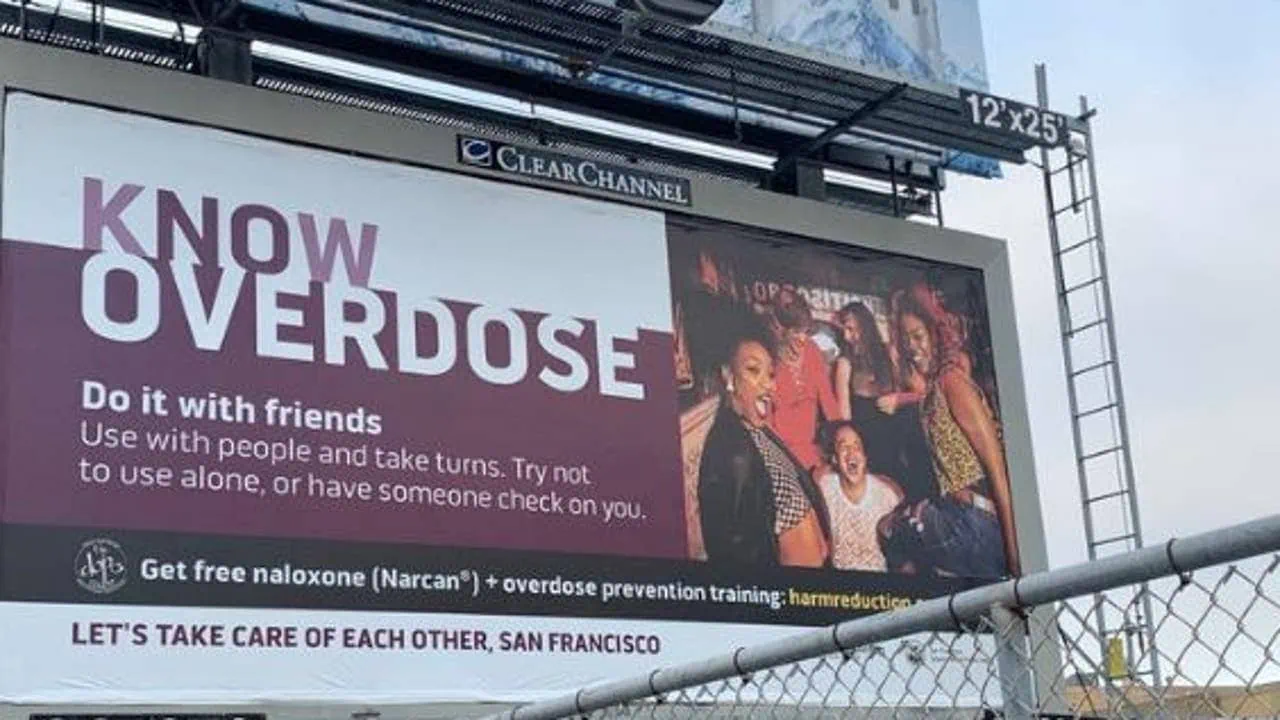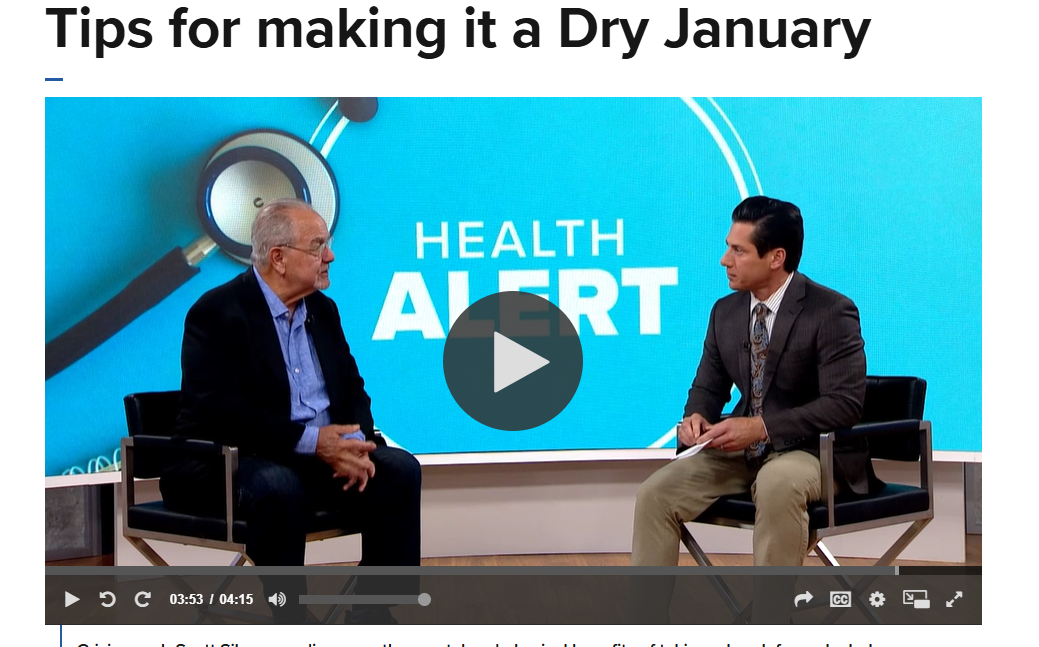The desire to fit in is part of the human condition. We think of it as a tween and teen problem, but even adults struggle to find their place. Once we find where we fit, we get comfortable and want to stay there—even if it means buying things we can’t afford and trying things we shouldn’t.
We’ve talked before about how denial is a common issue among addicts. They often believe there is nothing wrong with the way they live, and they’ll try to justify their behavior. Certain people, industries, and even media outlets make it all too easy for addicts to convince themselves that they are normal–cool, even–by glamorizing drug use.
We’ve identified the top three offenders when it comes to glamorizing drug use:
- Peers
Young people and adults experience peer pressure. In fact, 90% of teens have experienced peer pressure (and we’re surprised that number isn’t higher). An even more alarming statistic is the 28% of teens who said they felt that giving in to peer pressure helped their social standing. When that peer pressure involves drug use, alcohol abuse, and unsafe sex practices, it ruins lives.
The National Institute on Drug Abuse highlights five reasons why adolescents begin using drugs. At the top of the list is “to fit in.” Their friends are doing drugs—or at least they think they are—and they want to be accepted in the group. This is exactly why parents need to stay involved and keep up a regular conversation about substance use disorder and its consequences.
As we said, however, peer pressure doesn’t just affect kids. When it comes to opioid addiction, approximately 50% of those who misuse prescription drugs first get them from a friend or relative.
- The Entertainment Industry
The fact that movies, music, and books glamorize drug and alcohol abuse is nothing new. Trainspotting, Fear and Loathing in Las Vegas, and Breaking Bad normalized and glamorized drug use on screen. “Smoke a Little Smoke” by Eric Church and “Purple Pills” by D12 could be heard on anyone listening to the radio, no matter how young and impressionable.
These are just a few examples that come to mind. A widely cited study from 2008 found that drug references in rap music increased by 600% between 1979 and 1999, “as if they were a key ingredient to success.”
- Media Outlets
I’d like to take a moment to talk about a billboard spotted in San Francisco. People across the U.S. are becoming more aware of the dangers of fentanyl and other opioids, and there is a push right now for people who may have an addicted loved one to carry Narcan and get free training on how to use it.
It’s a great initiative. Hopefully, it will mean more people surviving overdoses and living long enough to get on the road to recovery. One billboard, however, chose to use a photo in which everyone seemed to be having a great time at a party. In bold letters, the ad encouraged users to “Do it with friends.”
What they mean, of course, is that addicts should make sure they are around other people or at least have someone that can check on them—just in case the worst should happen.
The question is: How many people are going to read the fine print? How many people will read to the end of the text to see what the advertisement is really about? How many kids will see that billboard and only take in the words “Know Overdose” and “Do it with friends” and the picture of everyone having a blast?
Even those outlets that are trying to do the right thing by reducing stigma and encouraging people to join the fight against SUD must be careful not to glamorize the very issue they’re trying to prevent.

If you are facing a situation with a loved one, spouse, or even a child that has started to spiral, please call me at 619-993-2738.
Scott is the Founder and CEO of Confidential Recovery, an outpatient addiction treatment program in San Diego.
About Scott H. Silverman: Scott has been fighting against addiction for over 20 years, one person, speech, and book at a time. Contact Scott by calling (619) 993-2738 or visit Your Crisis Coach to learn more about Scott’s work and public appearances. You can buy a copy of his latest book “The Opioid Epidemic” here.
(c) 2021 Scott H Silverman. All Rights Reserved.






